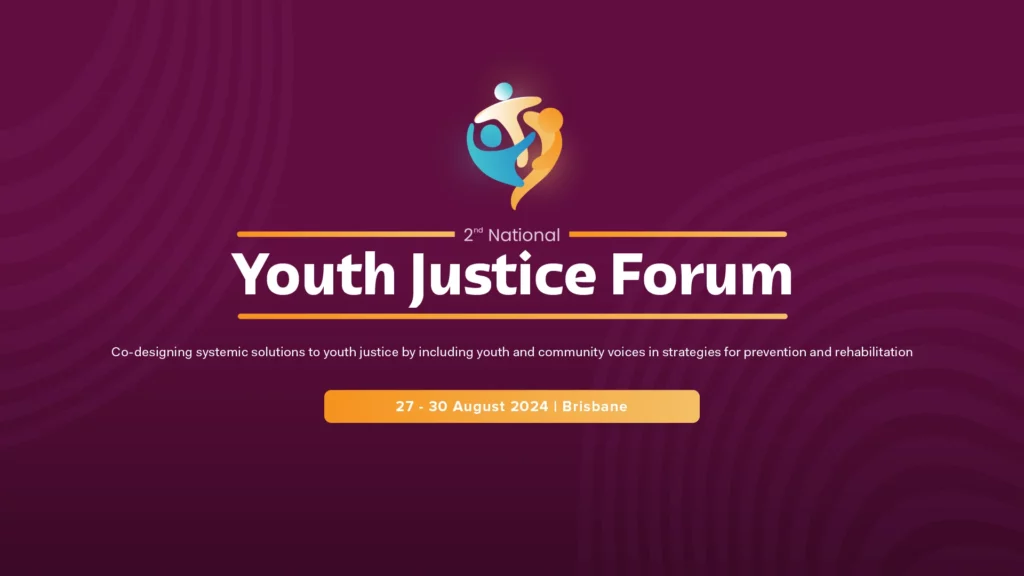1. Funders will continue to seek Expressions of interest or preliminary approaches
This trend arose in 2012 and resulted in some angst among not-for-profit (NFP) organisations about writing twice and doubling the workload. As Catherine Brown from the Lord Mayor’s Charitable Trust points out, funders don’t want you to waste time and resources on grant applications that are unlikely to make it through the assessment process.
Ultimately expressions of interest are sorting the serious seekers from those that aren’t as committed by forcing fully developed projects to the fore. The upside is, if you make the first cut the odds of securing funding increase exponentially. With funders still receiving far more requests than they can handle, don’t expect this trend to abate any time soon.
2. The shift from activities and outcomes to impact will continue
Sylvia Admans of R E Ross Trust agrees impact is a new industry-wide focus and the topic of discussion at the moment amongst grant-makers. She also advises that impact measurement still requires a lot of thinking and work.
While this trend gained momentum over the past 18 months, anticipate it becoming a norm as grant-makers seek to understand their impact (to guide future granting) and grant-seekers seek to better showcase their results (to attract future funding).
3. Capacity building grants will become more mainstream and better understood
As a relatively new grant species the capacity building grant is a terminology and granting area that’s been a little hard to grasp. Whose capacity? And what can we get funded?
Expect this to change in 2013 as more funders come on board and more NFP organisations upskill personnel. Take a moment to applaud funders already giving capacity building grants. All charitable missions are ultimately aided by people, equipment, systems, resources, technology and innovations which are often one step removed from direct service provision.
4. Recurrent funding will continue to be rare
While recurrent funding is something every NFP would like to secure, it’s becoming a rarer commodity as all sectors and levels of society suffer funding cuts and budget shortfalls. In the philanthropic space the flow-on effect from less recurrent government funding is more approaches to trusts and foundations to pick up the slack. This trend will continue.
5. Private ancillary funds are the new black
More of prediction than a trend, private ancillary funds are set to be the new black (thank you Tanya Costello from the Jack Brockhoff Foundation for pointing this out). Private ancillary funds are required to give away 5 per cent of net assets annually, which is 1 per cent more than their public cousins. Their primary operational requirement is to make grants, which benefit deductible gift receipt organisations, and their funding is generally more flexible. Mine your data, mine your networks, and get into the black in 2013.
6. Funders will continue to update the way they are granting
An organisation I know spent three weeks compiling a funding application only to find they had used an out-dated form. Ouch. The only guarantee in the grant space is continual change. Australian funders are progressive, proactive, and responsive to environmental, economic and social change.
Check their websites regularly, re-check before you make an approach and check again at write-up stage. Grant rounds get cancelled, assessments get changed and funding focus gets refreshed. Check and re-check so you don’t miss out or miss the mark.
7. The current operating environment will continue to be demanding
There’s no doubt we are operating in The New Normal: a tighter and more competitive environment unlikely to return to pre-global financial crisis levels or customs. American fundraiser and blogger Joanne Fritz explains The New Normal as a leaner, meaner, pared down, frugal version of the old environment. Strategic fundraising consultants John Thomas and Edwin Zechman advise that The New Normal is less about being bold and more about doing what’s achievable. It’s about retaining the passion but adding a pinch of pragmatism.
8. Well-developed projects and programs will continue to attract funding
Yes it’s obvious. Yes it’s elementary. But all too often projects are developed on the fly, funding approaches are pitched and submitted at idea level, and there is vagueness around outcomes or the potential for change.
2013 offers an excellent opportunity to progress your grant seeking. Will you take up the challenge or let it slide past?













































































































































